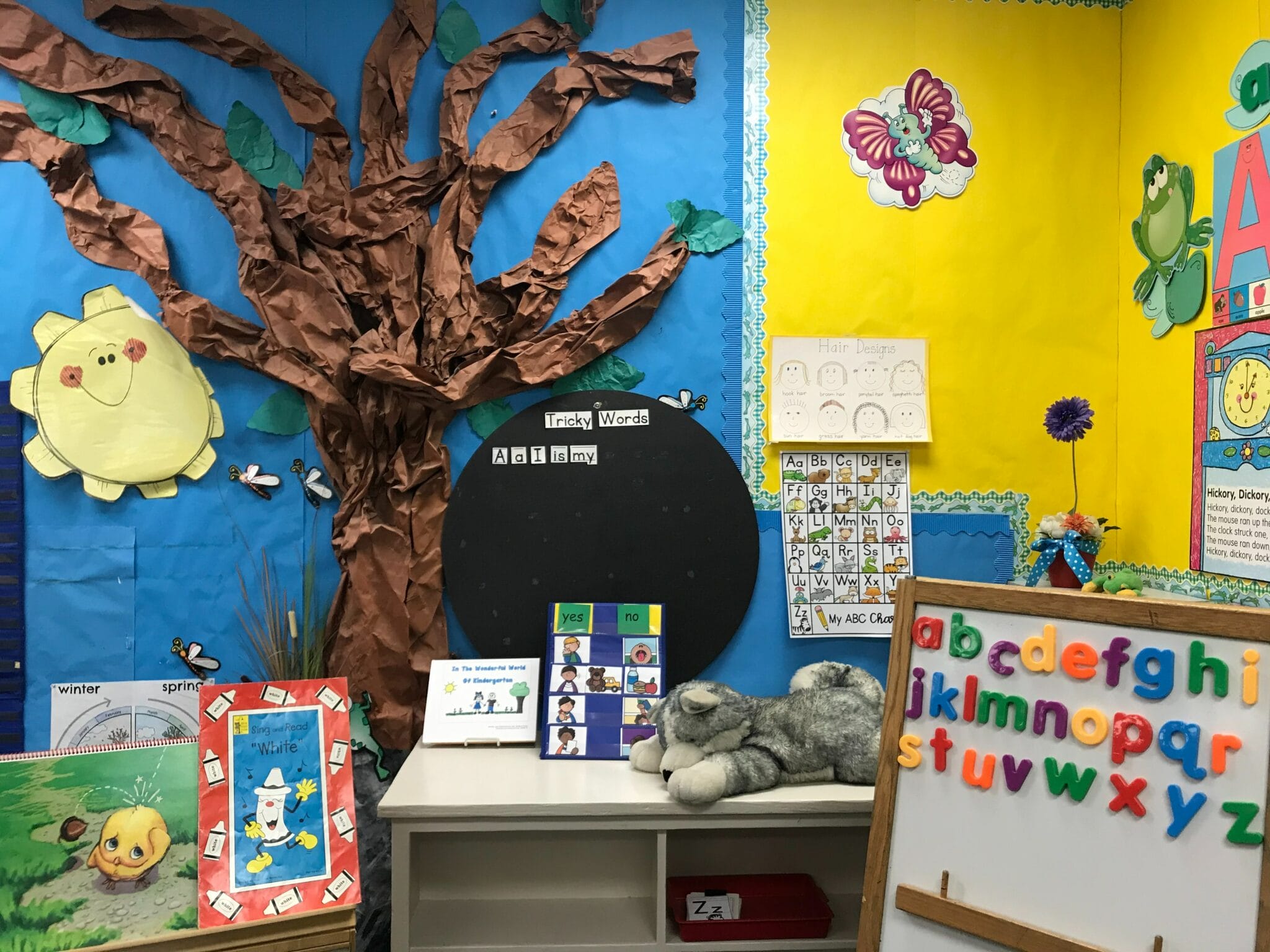California’s public schools have offered transitional kindergarten (TK), a school year for four-year-olds, for nearly 10 years. However, only children with birthdays shortly after the kindergarten cutoff were eligible during this initial phase. Starting with the 2022-2023 school year, California began expanding eligibility to more four-year-olds, but classroom enrollment was lower than expected. Why aren’t more parents enrolling their children? Our recent study may provide some clues.
As part of the 2022 California Family, Friend, Neighbor (FFN), and Nanny Child Care Study, the Center for the Study of Child Care Employment (CSCCE) surveyed more than 1,300 parents, including 380 parents of four-year-olds. This study was conducted in August/September 2022, just as families were finalizing their early care and education (ECE) plans for the current school year. While our study only covers a small number of California households, it does offer some insight into parents’ decisions for the 2022-2023 school year.
In our survey, about one half of parents of four-year-olds said they would be signing their child up for TK. We asked parents their top reason for choosing (or not choosing) TK. As shown in Figure 1, parents most often enrolled in TK because their child had “reached the minimum age.” This reason was the most common, before “it’s the best option” or “it’s a free program.” A few parents selected “other” and wrote in their own reason. For instance, some parents said that their child was “academically ready,” and others explained they were receiving special education services.
Figure 2 shows the primary reasons parents did not choose to enroll their child in TK. The most common reason mirrors Figure 1: more than one half of parents made the decision based on their understanding of TK’s age requirements: “my child won’t reach the minimum age to enroll.” Additionally, about one in five parents planned to enroll their child in kindergarten instead—perhaps because their local district offers mixed TK/kindergarten classrooms or because they chose a private school.
What can we take away from the survey findings? At this phase of TK expansion, some parents are looking for a kindergarten program that takes four-year-olds, or they prefer a different ECE arrangement, such as a center- or home-based program. Most often, parents are focused on age eligibility, and further research will be necessary to explore whether parents are up to date on the changes to eligibility. Our findings suggest that parents may need more information about TK and the precise age cutoffs to help them make fully informed decisions about ECE for their four-year-olds.
As part of another CSCCE project, the California Early Care and Education Workforce Study recently surveyed early educators in center- and home-based programs about the impact of TK expansion. Some providers reported a decline in preschool enrollment for 2022-2023, and several wrote that parents were leaving for TK because it was free. However, Figures 1 and 2 show that factors besides cost are playing an important role.
Even when TK reaches universal eligibility for four-year-olds, many parents will still choose other options or a combination of options because parents have vastly different needs and views on ideal ECE arrangements. Moreover, TK is just one part of an extensive network of ECE delivered across a mix of school-, center- and home-based programs. In addition to scaling up TK and building parent awareness, California must commit to supporting center- and home-based child care programs serving children from infancy to school age. That’s our path to meeting the needs of parents and ECE providers across the state.



